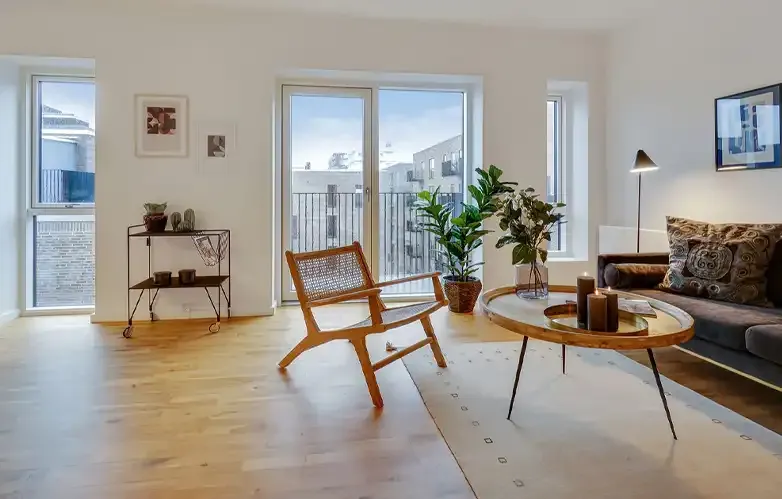vinyl tile flooring
Vinyl Tile Flooring A Comprehensive Guide
In recent years, vinyl tile flooring has become increasingly popular among homeowners and designers alike because of its versatile design options, durability, and affordability. Vinyl tile flooring is a synthetic product that replicates the look of natural materials like wood, stone, or ceramic, but with added benefits that make it an ideal choice for various spaces within a home.
One of the most significant advantages of vinyl tile flooring is its cost-effectiveness
. Compared to traditional flooring materials like hardwood or genuine stone tiles, vinyl tiles can be installed at a fraction of the cost. This affordability does not compromise quality; in fact, many vinyl tiles are designed to be highly durable and scratch-resistant, making them suitable for high-traffic areas in homes, such as kitchens, hallways, and living rooms.Vinyl tiles come in a range of designs, colors, and textures, allowing homeowners to customize their spaces easily. Whether you prefer a sleek, modern look or a rustic, traditional vibe, there is a vinyl tile option that can match your aesthetic. The advance in printing technology means that many designs closely mimic the natural grain and texture of hardwood or the intricate patterns of ceramic tiles, providing a high-end finish without the hefty price tag.
Another notable benefit of vinyl tile flooring is its ease of installation. Many products are designed for DIY enthusiasts, with peel-and-stick backing or interlocking edges that eliminate the need for professional help. This feature not only saves on labor costs but also enables homeowners to take on renovation projects themselves, creating a sense of accomplishment and satisfaction.
vinyl tile flooring

From a maintenance perspective, vinyl tile is incredibly user-friendly. Regular sweeping or vacuuming, combined with occasional mopping using a mild detergent, is usually sufficient to keep the floor looking pristine. Unlike hardwood, which can warp or fade when exposed to moisture, vinyl tiles are water-resistant and can handle spills with ease—making them an ideal flooring choice for kitchens and bathrooms.
However, it is important to consider the potential downsides of vinyl tile flooring. While it is durable, prolonged exposure to direct sunlight may cause some tiles to fade. Additionally, heavy furniture or sharp objects can cause dents or scratches—though these issues are often manageable with a simple protective measure, such as using pads under furniture legs.
Another consideration is the environmental impact. Traditional vinyl products are made from polyvinyl chloride (PVC), which poses concerns regarding sustainability and toxicity. Fortunately, the market has responded to these concerns by introducing eco-friendlier options, such as luxury vinyl tiles (LVT) that are phthalate-free and made from recycled materials.
In conclusion, vinyl tile flooring presents a compelling option for homeowners looking to enhance their living spaces with style and functionality. Its affordability, diverse design options, ease of installation, and low maintenance requirements stand out in the world of flooring solutions. While it is essential to consider the environmental impact and potential drawbacks, the advancements in technology and sustainability practices mean that homeowners can enjoy the benefits of vinyl tile flooring without compromising on their values. Whether you are renovating your home or building new, vinyl tiles might just be the perfect flooring solution for your needs.
-
SPC Vinyl FlooringJul.18,2025
-
Home SPC FlooringJul.18,2025
-
Heterogeneous Sheet Vinyl: The Ultimate Commercial Flooring SolutionJul.15,2025
-
Dry Back LVT Flooring: A Durable and Stylish Flooring SolutionJul.15,2025
-
Click LVT Flooring: A Stylish and Convenient Flooring SolutionJul.15,2025
-
SPC FlooringJun.24,2025




